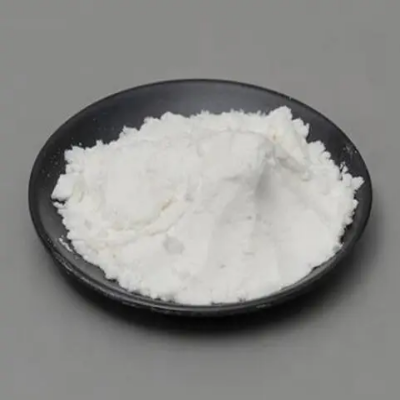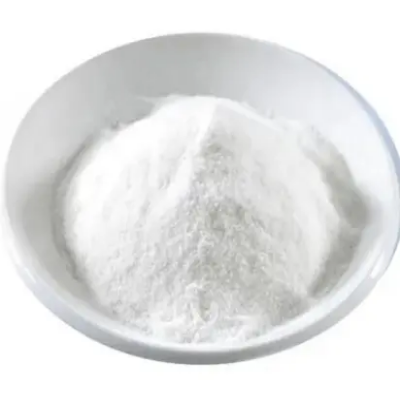Sitagliptin CAS:486460-32-6
Sitagliptin works by inhibiting the enzyme DPP-4, which is responsible for degrading the incretin hormones GLP-1 and GIP. These hormones play a role in regulating blood glucose levels, stimulating the production of insulin in response to elevated blood glucose levels. By preventing the breakdown of these hormones, sitagliptin helps to maintain higher levels of GLP-1 and GIP, leading to improved insulin production and reduced blood glucose levels. In addition to its glucose-lowering effects, sitagliptin also has beneficial effects on the cardiovascular system, reducing the risk of cardiovascular events in patients with type 2 diabetes. It is generally well-tolerated, but like all medications, it carries the risk of potential side effects, which can include headache, upper respiratory tract infection, and nasopharyngitis. Sitagliptin is available as a tablet and is typically taken once daily. It can be taken with or without food and should be used in combination with diet and exercise to achieve the best results. It is important for patients to follow their healthcare provider's recommendations when using sitagliptin, as it may not be suitable for everyone. For example, people with kidney problems or who are pregnant or breastfeeding may require different dosages or alternative treatments. Sitagliptin is a valuable option for the treatment of type 2 diabetes, offering improved glycemic control and potential cardiovascular benefits. However, it is essential for patients to work closely with their healthcare providers to ensure that they are receiving the most appropriate treatment for their individual needs.



| Composition | C16H15F6N5O |
| Assay | 99% |
| Appearance | white powder |
| CAS No. | 486460-32-6 |
| Packing | Small and bulk |
| Shelf Life | 2 years |
| Storage | Store in cool and dry area |
| Certification | ISO. |









